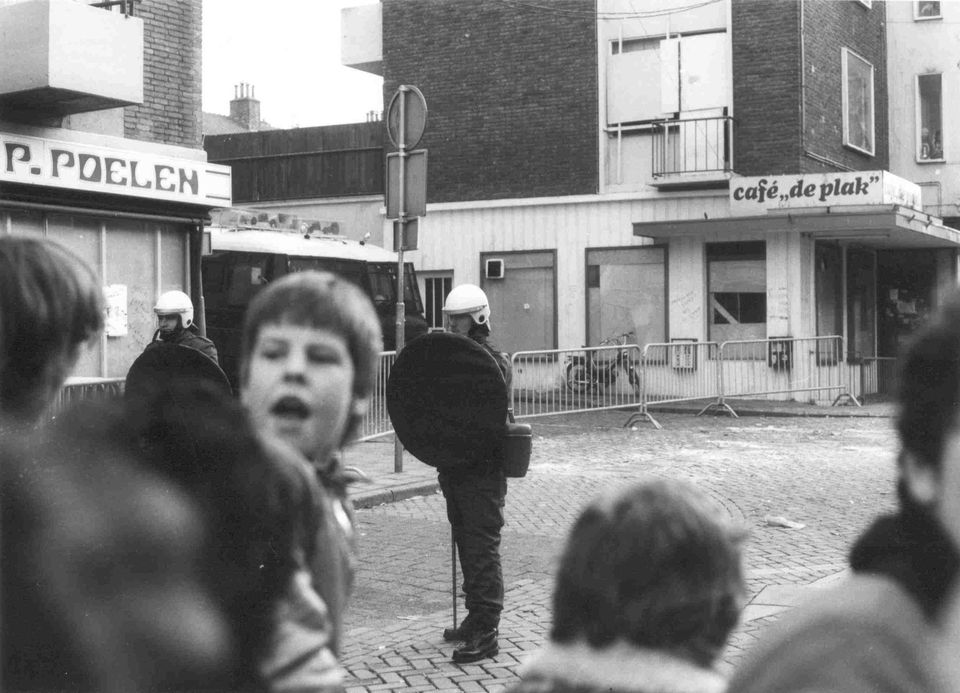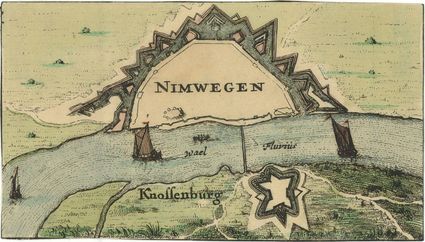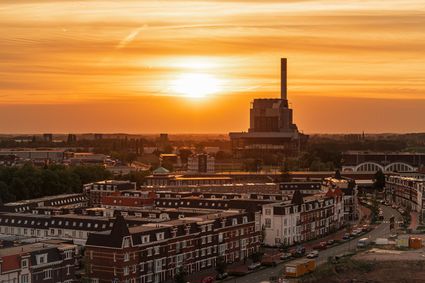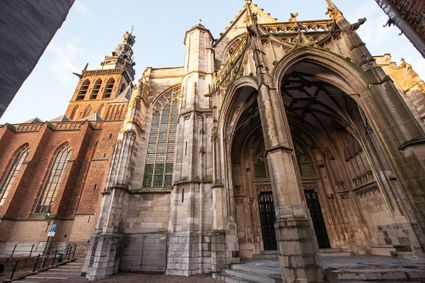The Red side of Nijmegen, rebellion and counterculture
Nijmegen is bursting at the seams with historical stories, ranging from leading figures to ordinary people, from neighbourhoods to political events. The Canon of Nijmegen encompasses the most important stories about Nijmegen’s history. One of these stories tells the tale of the Pierson protests. On the evening of Thursday, February 26th, 1981, fifteen thousand protestors marched through the centre of Nijmegen. Determined and fuelled by a mixture of impotence and pride, they demonstrated against the policy of the city council, which had led to the eviction of a row of squatted workers’ houses on the Piersonstraat.
The squatters had wanted to stop the demolition of the houses and the construction of a parking garage through their actions. The sheer violence that had accompanied the eviction (2,100 police officers used tear gas, helicopters, and tracked vehicles) had shocked many people, including the citizens of Nijmegen. The resulting protest march was the largest in the history of Nijmegen.
1967: Political activism in Nijmegen
In the preceding years, Nijmegen had acquired a reputation as a hotbed of political activism, to which the presence of the university most definitely contributed. Whenever new ideas would be introduced to the Catholic part of the Netherlands, they were most often expressed at the University in Nijmegen by, for example, the priest-professors H.H.M. Fortmann, W.K.M. Grossouw, and E.C.F.A. Schillebeeckx. However, the students were the main cause of Nijmegen’s recalcitrant reputation. Rebellion against established structures wasn’t limited to the Netherlands, but rather a phenomenon that played out at universities throughout the Western world. Students of the rapidly secularising Catholic University were at the forefront of this rebellion in the Netherlands. The National Student Trade Union Movement was founded in 1963 by a student from Nijmegen, Ton Regtien. As a result, the “Critical University”-movement gained popularity in Nijmegen in 1967. In May 1969, students from Nijmegen demanded co-determination in education, research, and management, and attracted national attention by occupying the university’s auditorium, which was dubbed the ”permanent discussion centre.”
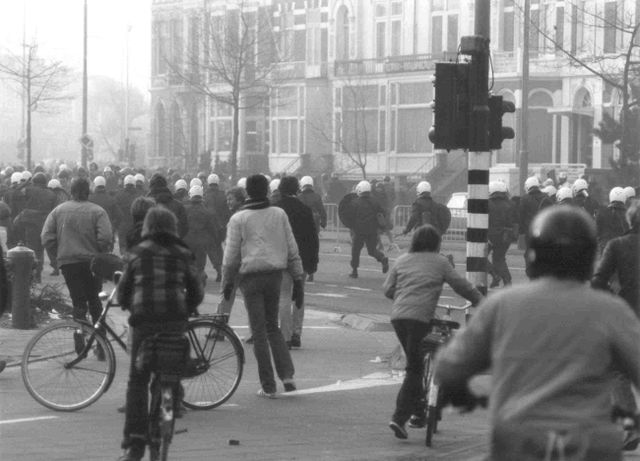 Pierson protests
Pierson protests
City of counterculture
Students also set their sights on Third World abuses and protested against American actions in Vietnams as well as the regimes in Greece, Spain, Portugal, and South America. They were equally concerned with social ills in neighbourhoods like Bottendaal. In the 1970s, when the “revolution” at the university had largely died down, Nijmegen became a centre of countercultural movements, like the women’s movement, the anti-nuclear energy movement, the ‘dyke and fag’ movement and the squatters’ movements – almost all of which could trace their origins back to a student movement. This politically charged subculture flourished in Nijmegen. People experimented with alternative forms of living, an anti-authoritarian nursery, art, theatre, and music. Cultural centres like O’42, Diogenes, and Doornroosje served a young, progressive audience and had their heydays. All this, in turn, attracted prospective students and other young people. Thus, Nijmegen gained fame as a city of counterculture, left-wing agitation, softies, hippies, later also housing punks and squatters. However, this period shouldn’t be mythologised: not all students took part in the protests, and the native population of Nijmegen also had no part in the creation of this Red side of Nijmegen: the city’s “real” inhabitants would usually shrug and move on.
Immerse yourself in the rich history of the oldest city in the Netherlands, because Nijmegen has a lot of stories to tell you. Curious? You can read all about it in this historical timeline.
